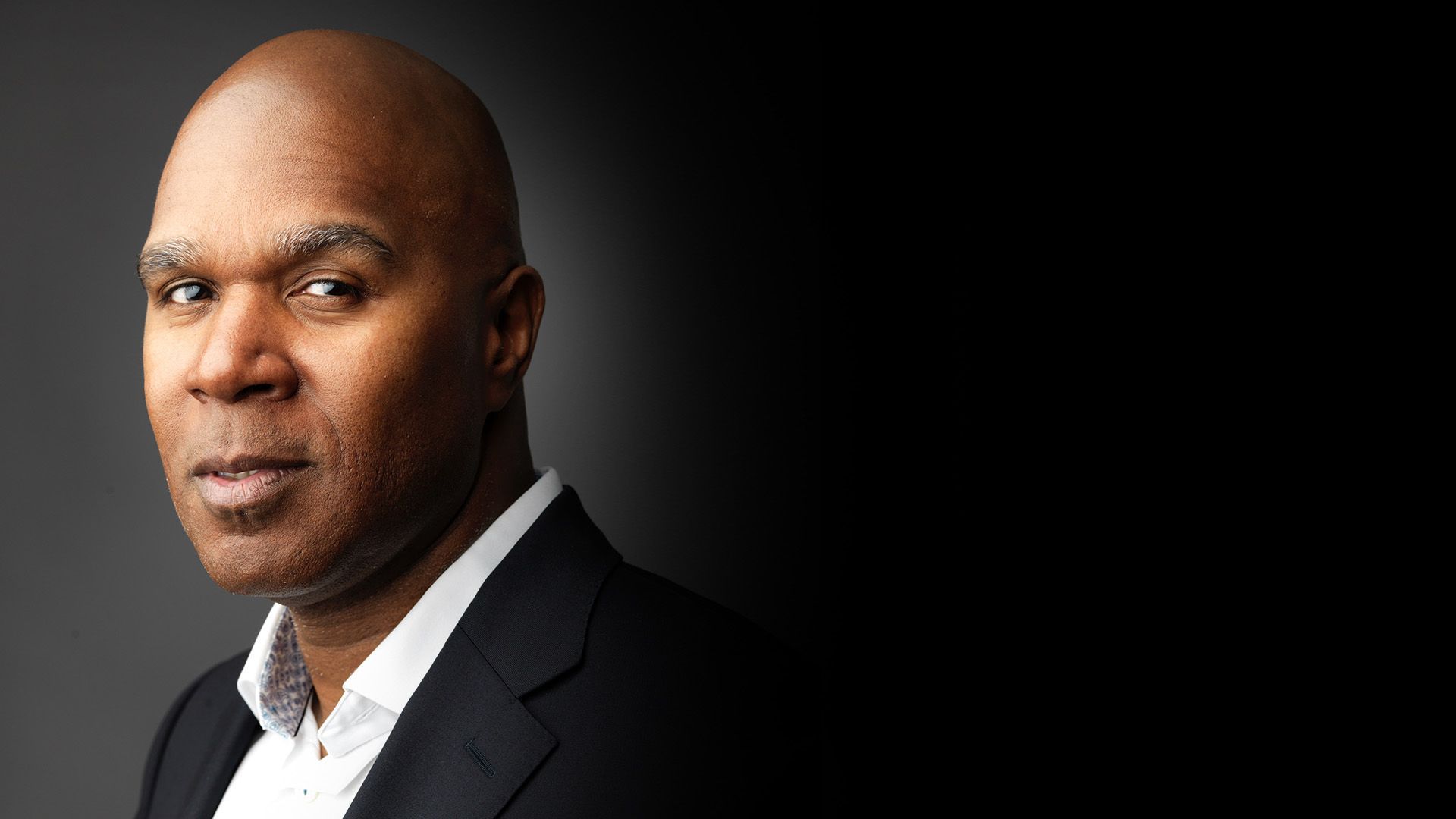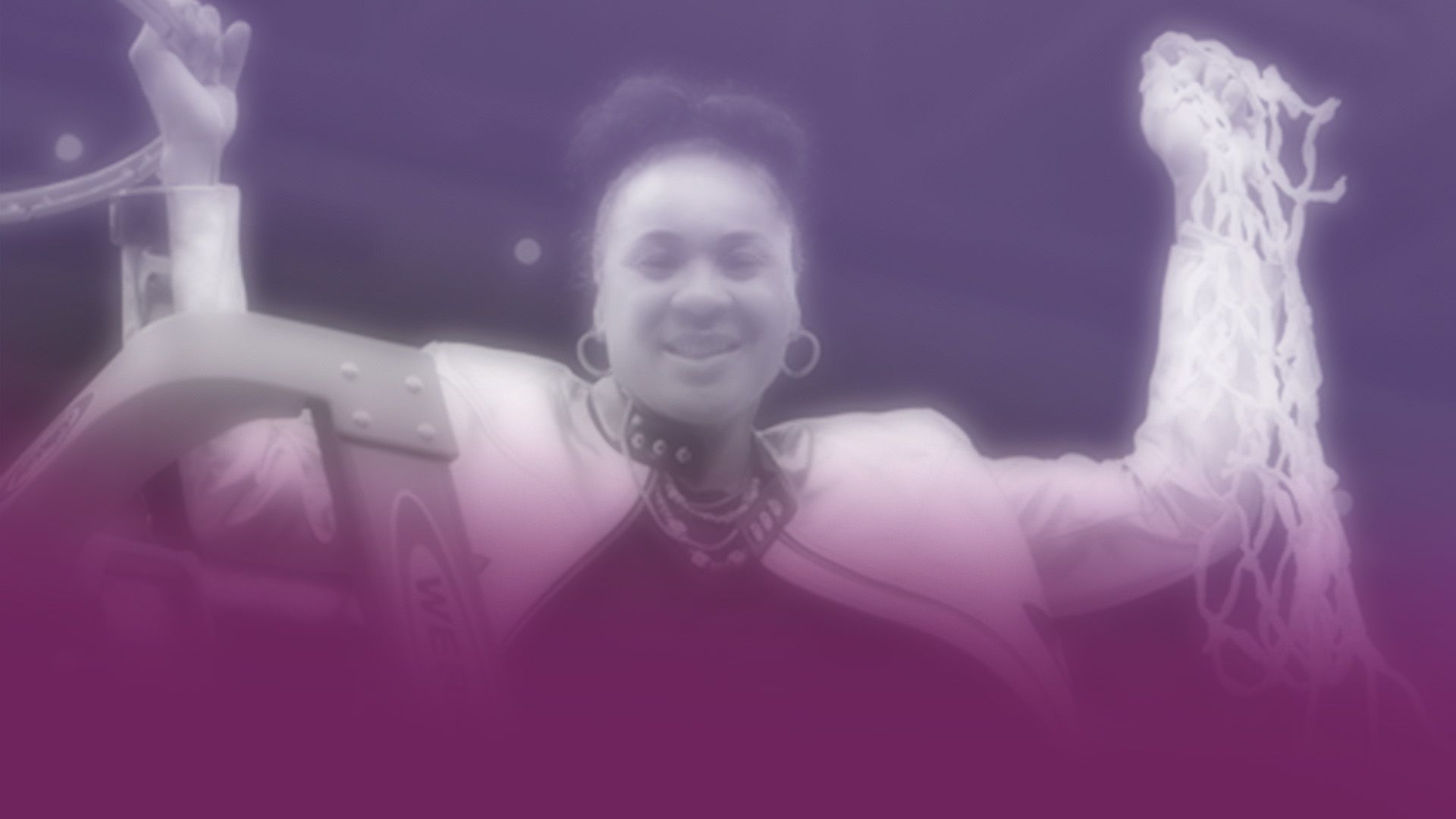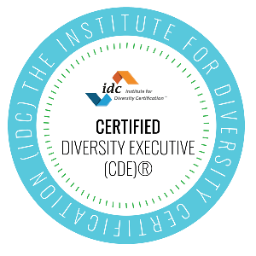The Dangers of Ignoring Diversity and Inclusion on Your Board
The traditional picture of a board of directors is a group of like-minded persons who will support the plans of the CEO and ensure an organization remains viable to important stakeholders.
Yet, as the workforce has become more diverse, and as the challenges facing companies have become more complex, CEOs are beginning to see the wisdom in having a board that can govern in a shifting environment, rather than one that complies with the status quo. Directors and board selection committees are beginning to realize that it is the breadth of perspective accompanying the inclusion of diverse traits that truly benefits an organization.
However, diversity for its own sake is not enough. Just “checking the boxes” and having a more diverse spectrum of board members because it’s expected of them, or even because it’s “the right thing to do,” is not a reliably compelling reason to make it happen.
When the question shifts from What should my organization do to advance diversity and inclusion? to What can diversity and inclusion do to advance the organization? you suddenly create opportunity instead of obligation.
Board diversity creates opportunity.
In conversations with directors of Fortune 250 companies about the benefits and challenges of boardroom diversity, global search and leadership advisory firm Russel Reynolds Associates found some recurring themes:
- A wide range of perspectives allows a board to anticipate concerns and meet changing demands from constituents more effectively. Wider representation allows effective programming and service delivery.
- Differing views, offered respectfully and constructively, are the lifeblood that keeps an organization from stagnating. It helps people remember that there is rarely one right answer to a question.
What’s more, a study by two Utah State University researchers uncovered the telling fact that a minority CEO alone was less successful in pursuing breakthroughs in governance and product development than one who had a high level of racial diversity on their board.
Board diversity drives profits.
In its 2018 report “ Delivering Through Diversity , ” global management consulting firm McKinsey & Company showed in detail the solid connection between diversity and profitability.
The findings showed companies in the top 25 percent for gender diversity on their executive teams were 15 percent more likely to experience above-average profits.
In addition, companies with more ethnically and culturally diverse boards of directors were 43 percent more likely to see above-average profits.
Lack of diversity limits resources.
Another finding of the Utah State study was that, when boards remain homogeneous, the networks and funding sources available to them also shrink.
It became clear that when ethnically diverse directors were able to call on an extensive and varied network of business contacts, firms with white male CEOs saw a more noticeable rise in the innovation and efficiency.
Access to capital is another resource now being stunted by lack of board diversity. Michelle Edkins, managing director of investment stewardship at BlackRock Investments, points out that board diversity is a concern for potential investors. She believes that investors need a board consisting of people who will challenge the status quo and bring their own ideas to the table
What’s more, it appears that a diverse board is actually more capable of assessing risk and protecting shareholder assets. A Wake Forest University study showed that firms with diverse boards are more risk-averse and more likely to pay dividends to stockholders.
The talent pool can also be impacted. The competition for talent is fierce today, and valuable employees will not see a long-term career for themselves at a company where they do not see themselves reflected at the top.
Board diversity is a responsibility.
We all like to stay within our comfort zones, and boards are no exception. It’s easier to run a meeting where everyone seems to agree. By nature, we prefer being around like-minded people, which presents a challenge in the development of a more diverse board. However, “groupthink” leads to a lack of information gathering and analysis, resulting in poor decisions.
One way to begin to break through groupthink is to view board work through an equity lens. You can begin by checking out my previous blog post , or my in-depth white paper on mastering the subject to move your organization forward.
Regardless of your first step, board diversity clearly has moved from being just a “nice thing to do” to being of primary importance to an organization’s survival and competitiveness. In the new and diverse marketplace, meeting client and customer expectations, retaining talent, and being seen as an innovator in their field will only happen by including a range of backgrounds and outlooks among those who have the highest level of responsibility for their organizations.














